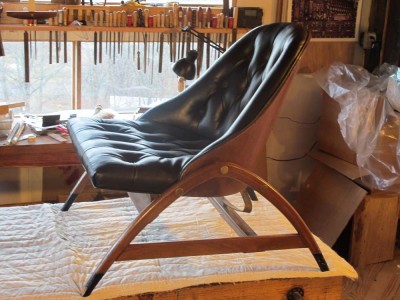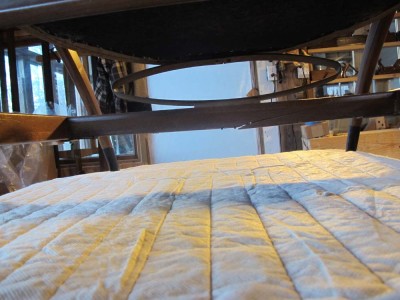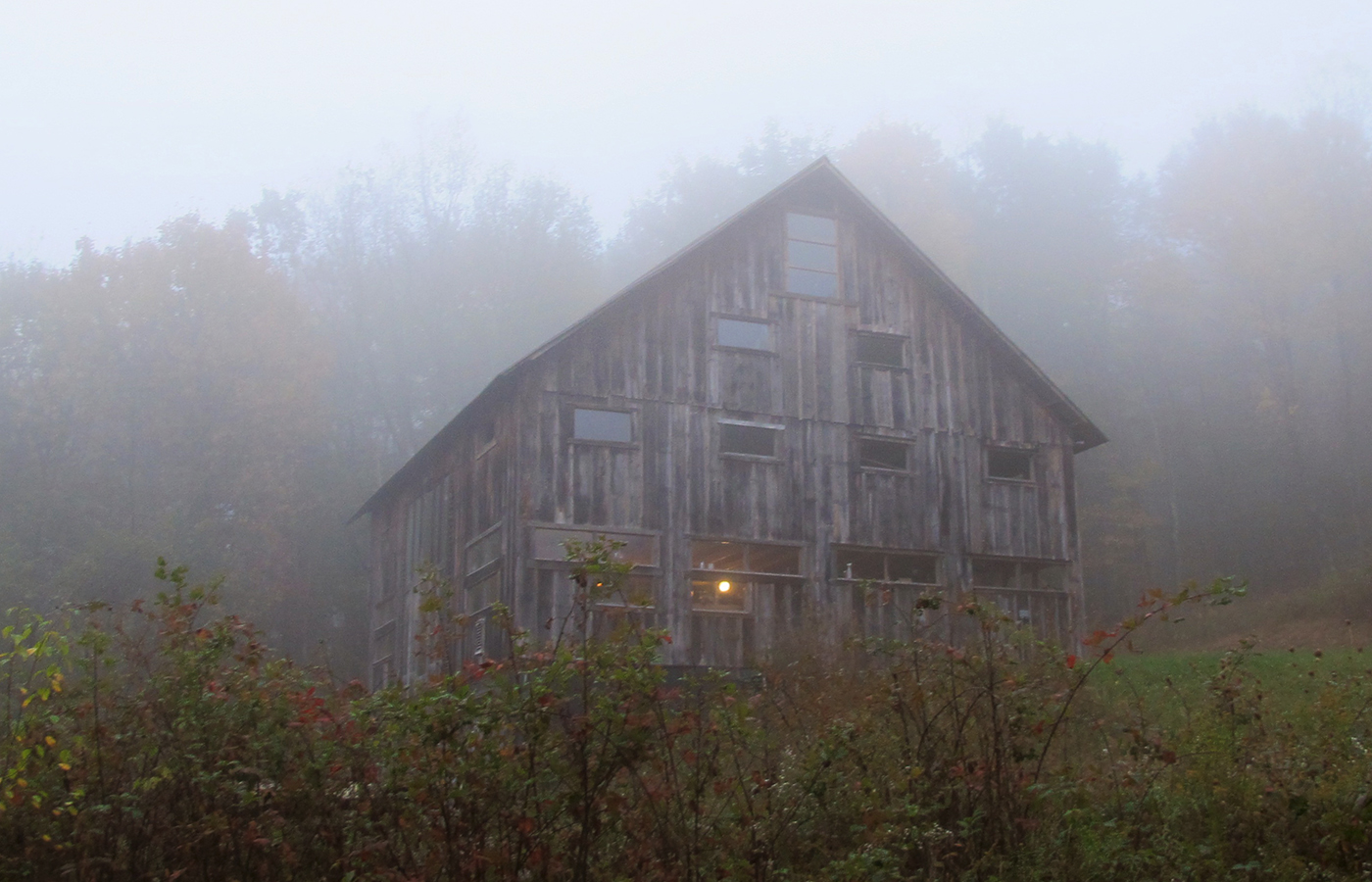Restoring a Pair of Cool Mid-Mod Chairs — The Problem
Often when telling folks, woodworkers who replicate historic styles especially, that I have been a furniture and wooden artifacts conservator and restorer for more than four decades, they usually get dewey-eyed and exclaim something like, “Oh, it must be so great to work on furniture from the old days, when it was still good stuff.” True enough, I have worked on some old artifacts, the oldest wooden object was at least five or six centuries, but I often find the most challenging and inspiring projects and objects are more or less contemporary. Further, I recognize that my liking or disliking an artifact’s design does not make it good or bad. Still, I find some of the most fascinating furniture emerged from the minds of creative designers pushing the boundaries of design and fabrication. (Truth be told, a lot of the “great” furniture of centuries past was unimaginative replication, as social standing was much more involved with “keeping up with the [English or French] Jones'” than it was with good artistry or craftsmanship).
The 20th Century hosted the creative design genius of a multitude of awe-inspiring designers whose work I find much more engaging than their much older predecessors. Charles Rennie Mackintosh, the Greene brothers, Eileen Grey, Alvar Aalto, Peter Behrens, Charles Eames, Emile-Jacques Ruhlmann, Josef Hoffman, and Louis Marjorelle are but a few of the multitude of artists who made wood and surfaces express exuberant beauty.
It is noteworthy that many of the great modern designers were not artisans, and in fact some did not have a firm grasp on the details of how things were made. Thus, many times when the sketches were brought to reality the pieces of furniture they directed to be created had, um, shortcomings.
Such is the case with a pair of mid-century modern chairs I was asked to conserve recently. The client, a scholar of the arts, thought that these might have been prototypes from the mind of Milo Baughmann. It makes sense to me; they are reminiscent of some of Baughmann’s other work, and the construction details for the chairs were not the best resolution to the structural requirements for their use. Alternately, the chairs could be the product of the imagination for an acolyte of Charles Eames. Whatever the source, neither I nor the client have ever seen another example of this specific chair form (I like it so much I am trying to devise the making of some myself.).
The main problem with these two rocking chairs, well, one in particular, was that the cross member that bears virtually the entire weight of the sitter was 1) too weak to resist the forces of sitting adequately (especially since it was both undersized and much more figured that is appropriate for the location and requirements of the element), and 2) integral to the structure of the chair which simply could not be dismantled for the offending piece to be replaced without inflicting catastrophic destruction on the chair.
Over the next three postings I will describe my decision-making for resolving the problem and returning the chairs to full service, the execution of that plan, and finally note about the reassembly and a solution to dealing with the problem of wallowed out screw holes.





Join the Conversation!